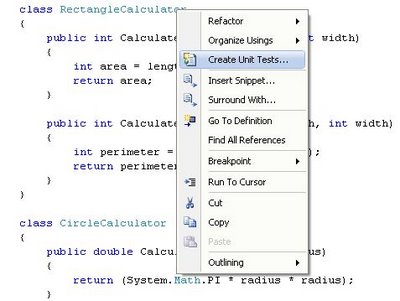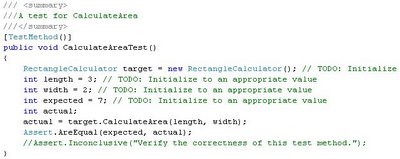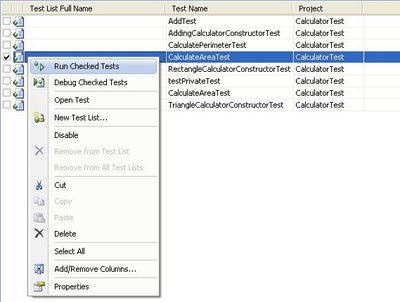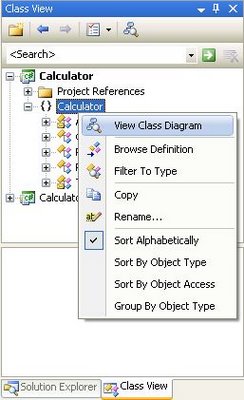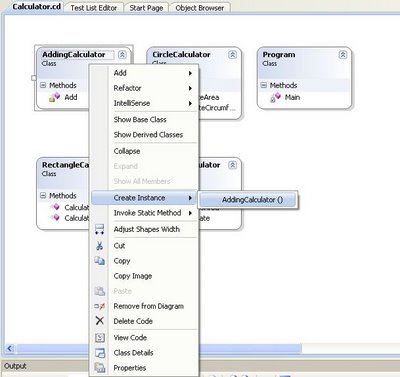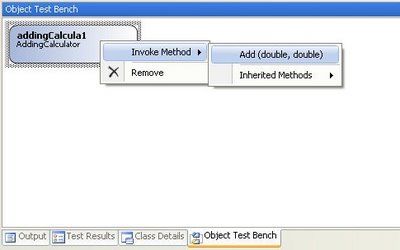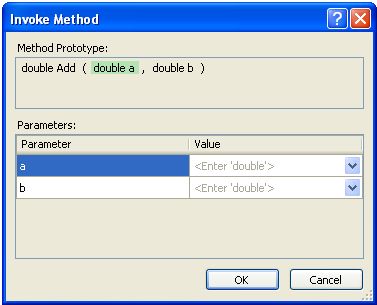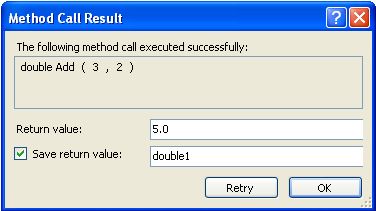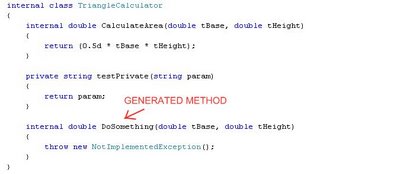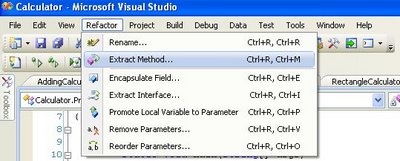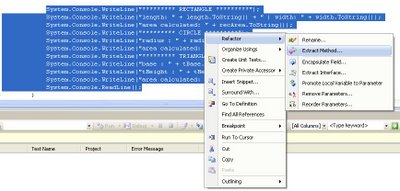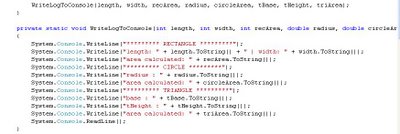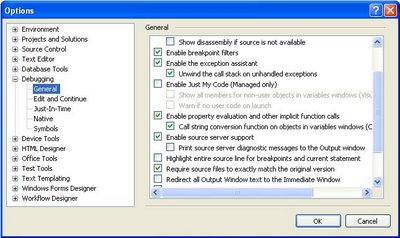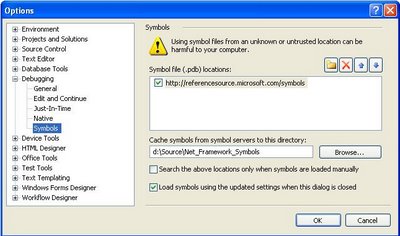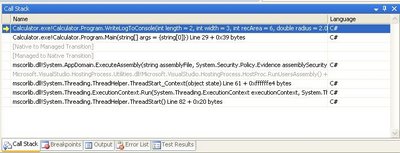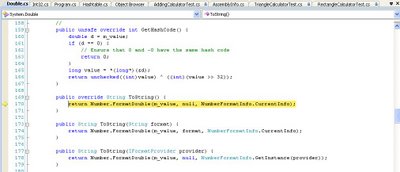Here is a great article written by Grant Fritchey on the basics of analyzing execution plans on SQL Server. It is actually the first chapter of his book on the topic. Yes, a whole book on SQL Server Execution Plans! I haven’t read the whole book but it should probably reveal itself very interesting for DBAs.
Most of us are familiar with the graphical representation of execution plans but Grant Fritchey shows us how to also get execution plans in an XML format and how they actually give more information that their graphical counterpart.
XML executions plans can be saved into files (.sqlplan) and can be viewed either in their XML form or in a graphical form. Being able to save execution plans in a file is very convenient as it makes it easy to share it with DBAs and peers to ask them about their opinion on a slow running query.
Note that on my machine I actually had to edit the .sqlplan file as the first line of the file was a piece of text reading “Microsoft SQL Server 2005 XML Showplan”. This made that the XML file was not well-formed and so could not be loaded by SQL Server Management Studio – this might be fixed in a later Service Pack or hotfix. Once I removed the line of text, I could successfully open the .sqlplan file in SQL Server Management Studio and see the graphical representation of the execution plan. I could also open the file in a text or XML editor and thus see the execution plan in a textual manner. I think that both approaches can prove themselves being complimentary.
The article also shows us how to collect XML execution plans through SQL Server 2005’s Profiler tool. Once execution plans are collected from the server they can be analyzed by DBAs and developers. This can reveal very useful when you want to profile and analyze activities on production environment where you can’t play with data as freely as on a development environment.
For my own sake, I have summarized the introductory materials on the topic hereunder. You might choose to not read it as it is anyway based on the article written by Grant Fritchey.
Execution Plan Introduction.
When you are tuning T-SQL code for performance on SQL Server, the most important information available to you is the Execution Plan. It tells you what kind of JOIN operations and other algorithms are executed as well as what indexes are used. This kind of information will reveal being crucial on poorly performing queries that you need to optimize.
Please keep in mind that this discussion is focused on DML T-SQL.
DML stands for Data Manipulation Language and is aimed at fetching or manipulating data. Basically, it is any SELECT, INSERT, UPDATE and DELETE statement.
DDL stands for Data Definition Language and is aimed at defining data structures. Basically, it is any CREATE, DROP and ALTER statement. DDL statements do not need any query optimization because there is always only 1 way to execute those statements. For example, there is only 1 way to create a table or an index.
When executing a T-SQL query, the T-SQL code is interpreted into instructions understandable by the Database engine. The Database engine is made of multiple processes/sub-engines but 2 are of particular interests regarding Execution Plans: the Relational Engine and the Storage Engine.
Note that in the context of this text, a Process does NOT mean a Windows Process but rather has the more generic meaning of a collection of instructions processing some data. It can be seen as a software module or component.
The Relational Engine.
The Relational Engine is responsible for 3 processes which are of interest in our study:
- The Parser. The Parser receives the T-SQL query as input and outputs a parse tree or query tree. The parse tree represents the logical steps necessary to execute the query.
- The Algebrizer. The Algebrizer receives the parse tree from the Parser process as input and resolves all datatypes, names, aliases and synonyms. The output is binary information called the query processor tree.
- The Query Optimizer. The query optimizer is a piece of software that models the way in which the database relational engine works. Using the query processor tree together with the statistics it has about the data and applying the model, the Query Optimizer works out heuristically what it thinks will be the optimal way to execute the query – that is, it generates an optimized estimated execution plan.
The Storage Engine.
The Storage Engine will execute the estimated execution plan except if it judges that it should be modified. It could be the case if:
- The estimated execution plan exceeds the threshold for parallel execution.
- The statistics used to generate the plan are out of date.
- The estimated execution plan is invalid (for example it creates temp table and so contains DDL statement)
The final execution plan, called the actual execution plan is what is actually executed by the Storage Engine. It might or might not be the same as the estimated execution plan.
Note that generally, there won’t be any differences between the esti¬mated and actual execution plans.
Execution Plan Cache.
As it is expensive for the Server to generate execution plans, SQL Server will keep and reuse plans wherever possible. As they are created, plans are stored in a section of memory called the Plan Cache.
Once the estimated execution plan is created, and before it gets passed to the storage engine, the optimizer compares this estimated plan to actual execution plans that already exist in the Plan Cache. This reuse avoids the overhead of creating actual execution plans. This is obviously beneficial for large and complex queries but also for simple queries which could potentially be called very often (hundreds or thousands of time).
Execution Plans can be removed from the cache in the following scenarios:
- Memory is required by the system.
- The “age” of the plan (its time-to-live) has reached zero.
- The plan isn’t currently being referenced by an existing connection.
Also, cached execution plans might not be reused if an execution plan needs to be recompiled. Certain events and actions can cause a plan to be recompiled. Grant Fritchey enumerates those events in his article.

